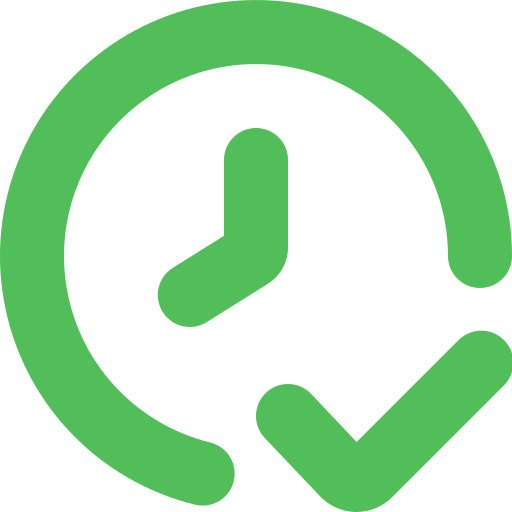Please describe your proposed solution.
There are several potential problems that could arise in a centralized veterinary triage system:
Limited availability: This can lead to delays in care and potentially serious consequences for pets in need of urgent treatment.
Solution: Virtual consultations make decentralized triage easier for animals in remote or underserved areas to receive care.
Overcrowding: If the triage center is the only option for pet owners seeking care, it may become overcrowded and unable to handle the volume of patients. This can lead to long wait times and decreased efficiency.
Solution: Decentralized triage could allow veterinarians to provide care more quickly and efficiently, as they would not have to coordinate with a central authority or wait for an animal to be transported to their location.
Cost efficiency: By having to visit a veterinary doctor on the premises of a clinic for initial triage, pet owners could be reluctant to act timely based on cost constraints due to location or on premises service fees.
Solution: Eliminating the need to transport animals for a primary assessment could also help to reduce the overall cost of care, making it more affordable for owners.
The reasons why we approach the problem in the way that we have is because the decentralized nature of the system would ensure that pet owners have access to a wide range of medical expertise, while the use of blockchain would provide a secure and transparent record of the case.
Our solution is unique because it will be an AI assisted service, backed by veterinary triage reports stored on Cardano blockchain.
Overall our platform will engage both veterinary doctors as well as pet owners. Further, we will engage with students, clinics and universities.
We will demonstrate our impact through monthly public reports on onboarded veterinary doctors, pet owners as well as the total number of veterinary triage service checkouts.
We anticipate that the vast majority of onboarded users will have to create a Cardano wallet for the first time and learn how to use it. This will help to expand Cardano's community outreach.
How does your proposed solution address the challenge and what benefits will this bring to the Cardano ecosystem?
VeterinaryDAO will allow people to interact with and benefit from using Cardano.
-
Different VeterinaryDAO account types for veterinarians as well as pet owners will be marketed as NFTs minted on NMKR.
-
It is very likely that the vast majority of onboarded VeterinaryDAO users will have to create a Cardano wallet for the first time and learn how to use it. This will help expand Cardano's community outreach by bringing people to the community.
-
Pet owner checkout payments will be available in ADA, with a discounted service incentive in order to drive more ADA based sales.
-
Veterinary doctor withdrawal amounts will be available in ADA, with a discounted withdrawal platform service fee in order to drive more ADA transactions.
How do you intend to measure the success of your project?
Benefits for the Cardano ecosystem include onboarding new users as ADA wallet holders, increased number of payments done using ADA for VeterinaryDAO services as well as use of NFTs in service account feature customizations. Users will be encouraged to acquire Cardano NFTs and checkout for veterinary triage services using ADA.
We will measure the success of our project by tracking the following metrics:
- Number of onboarded VeterinaryDAO users (veterinary doctors, pet owners)
- Number of users that linked a Cardano wallet address to their profile
- Number of featured account types sold by NFTs minted on NMKR
- Number of payments done using ADA
Please describe your plans to share the outputs and results of your project?
We plan to publish a monthly project update as a public Medium post. That will be shared with our community and linked on our website in the blog section.
We will release detailed reports outlining our progress upon completion of each significant project milestone, maintaining constant dialogue with the Cardano community on Telegram, Discord and other social mediums.
We will use collected data for AI training, with the help of enrolled veterinarians to sort and process information (labeling).
By combining language modeling and computer vision, AI can support veterinary triage while providing a more complete and accurate picture of a patient's medical history and symptoms, helping to improve triage decision making and support the triage process.
Language modeling and computer vision can be used in veterinary triage to support decision making while improving both accuracy and efficiency.

